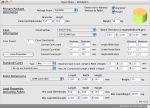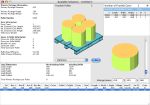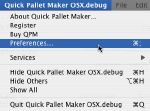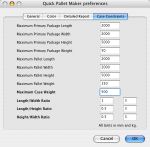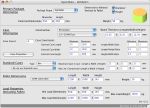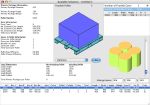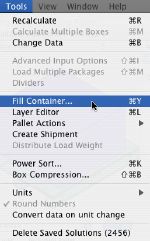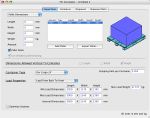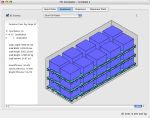Although this blog is mostly for
Quick Pallet Maker support, it's important that we show an example of packaging optimization. In this case, it's California wine in a box from
Killer Juice Vineyards. The rectangular box packaging reduces shipping costs (among other material-related environmental benefits) because the box dimensions can be optimized for fitting into a master carton and then into a pallet. Since you are packaging a liquid, you only have a volume constraint and minor requirements for artwork. Besides that, you can assign the size you want to create an optimally-packed pallet. On the other hand, shipping glass bottles wastes plenty of energy and space by moving heavy glass, the internal padding and the air between the bottle necks. Nowadays, with such high energy costs, all savings are valid.
Disclaimer: Koona, LLC is not related in any way with the wine makers mentioned above.
